Table of Contents
A copyright case has arisen in the UK, where the court also turned to EU copyright law for a supposed respective resolution. This is a great opportunity to inspect the main principles of copyright protection for works in the EU are?
Originality goes a long way in copyright
Between 1985 and 1987, former professional US rower John Duke created a water resistance rowing machine called WaterRower, for which the US patent has expired. The Intellectual Property Enterprise Court in the UK had to consider whether WaterRower could be a work of artistic craftmanship protected by UK copyright law following a possible infringement.
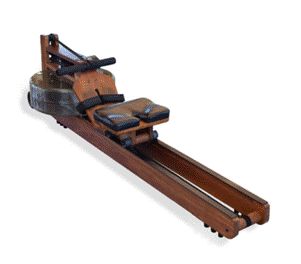
The judge found that the answer could be ’Yes!’. WaterRower has both a sufficient degree of craftsmanship and artistry. In addition, the judge noted that it is very likely that WaterRower would also be considered an original work under EU law. In making this assessment, the judge relied on the important fact, from the perspective of the case law of the Court of Justice of the European Union (CJEU), that in creating the work, Duke, despite the technical constraints inherent in the manufacture of a rowing machine, was nevertheless able to express his free and creative choices and create original work.
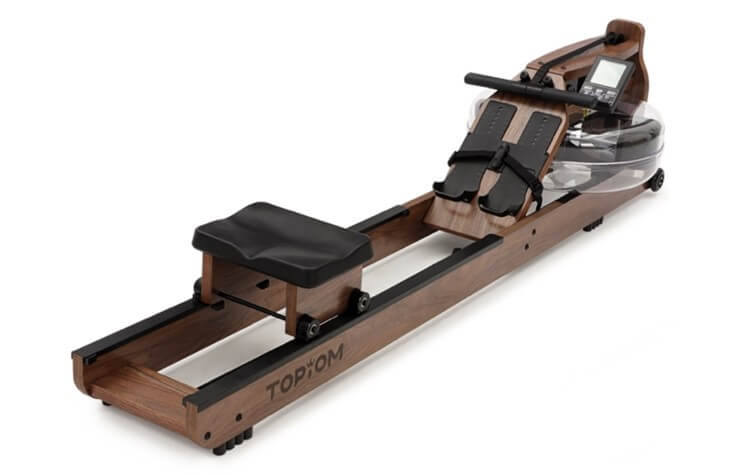
With this decision, the judge refused to strike out the alleged infringer’s application to dismiss WaterRower’s claim, rejecting the argument that WaterRower could not possibly be a work of artistic craftsmanship protected by copyright. Whether WaterRower is a work of artistic craftsmanship within the meaning of the corresponding law is a matter for the UK judge who hears the trial to decide.
Originality is also the only requirement for designs
One of the most important judgments of CJEU in recent years in the field of copyright is the Cofemel case on clothing design. The Portuguese court held that works of applied art, industrial designs, or design works are protected by copyright on condition that they are original, i.e., the result of the author’s intellectual creation, without any particular aesthetic or artistic value being required. Subsequently, that court held that, in the present case, the G-Star clothing designs concerned, ARC and ROWDY, were works protected by copyright. Finally, it found that some of the garments produced by Cofemel infringed G-Star’s copyrights.
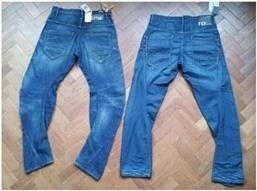
CJEU clarified that, in the case of designs, copyright protection arises only based on the requirement of originality and not on any other basis, such as a subjective sense of beauty. EU member countries cannot grant copyright protection to designs because they have, for example, a particular aesthetic or artistic value.
Technical constraints in a work do not preclude copyright protection
In line with Cofemel, CJEU confirmed in Brompton Bicycle v Chedech/Get2Get that a product is an original work of intellectual creation if, in creating it, the author has expressed his creative ability originally by making free and creative choices in such a way that that shape reflects his personality.
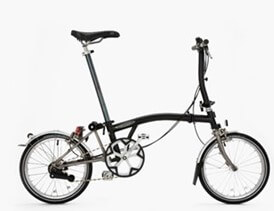
Thus, a bicycle and its functional shape may be protected by copyright even if the specific shape of the bicycle is, to some extent, necessary to achieve a particular technical result, provided that it meets the criteria of an original product mentioned above.
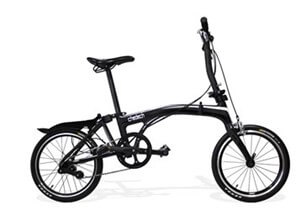
In the case of WaterRower and similar cases, from the author’s perspective, the advantage of applying EU law is that only original work is needed for copyright to arise, and there is no need to assess the author’s intention or the artistic value of the work.